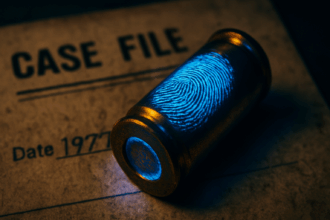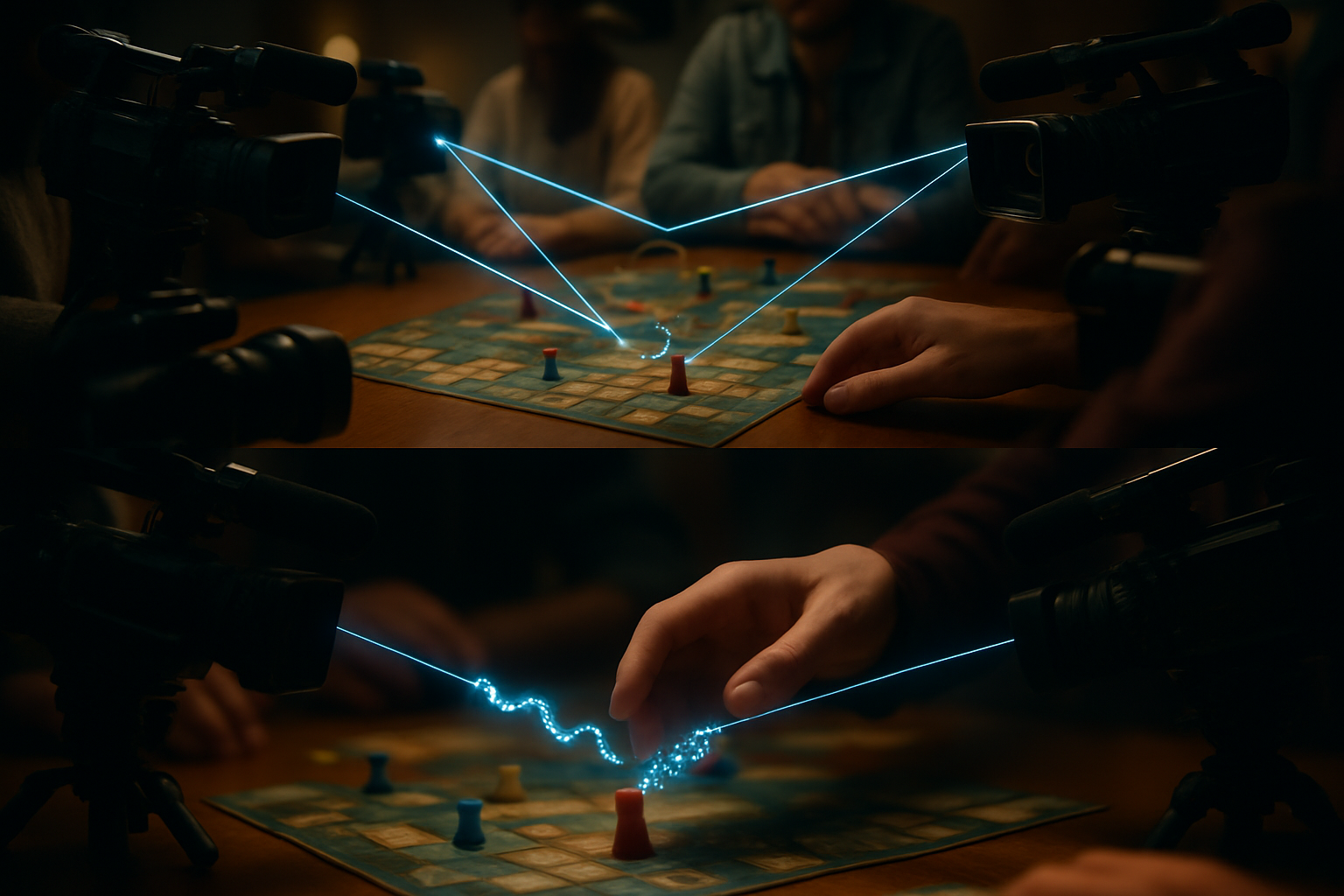Date:November 15, 2021
Source: University of Nottingham
Experts have developed a unique method for retrieving high resolution images of fingermarks from curved objects like bullet casings that offers greater detail and accuracyIn scientific and measurement contexts, "accuracy" refers to the degree of proximity or closeness between a measured value and the true or actual value of the measured quantity. Accuracy indicates how well a measurement reflects Read Full Definition than traditional forensic methods.
Scientists from the University of Nottingham developed a rotation stage to allow researchers and forensic practitioners to perform highly sensitive, non-destructive Time-of-Flight Secondary IonAn ion is a type of chemical species that results from the unequal number of electrons and protons in an atom or molecule. This imbalance in charge gives ions an electric charge, either positive or Read Full Definition Mass Spectroscopy (ToF-SIMSTime-of-Flight Secondary Ion Mass Spectrometry (ToF-SIMS) is a surface-sensitive analytical method that uses a pulsed ion beam (Cs or microfocused Ga) to remove molecules from the very outermost surface of the sample. The particles are Read Full Definition) measurements and develop high resolution fingerprint images on surfaces that conventional fingerprint imaging fails to pick up at all. The rotation stage that they have developed opens up new possibilities for the retrieval of high-resolution fingerprintsFingerprint, impression made by the papillary ridges on the ends of the fingers and thumbs. Fingerprints afford an infallible means of personal identification, because the ridge arrangement on every finger of every human being is Read Full Definition from the whole surface area of challenging shapes and materials like metal bullet casings.
Retrieval of fingermark evidence
When a bullet is fired, the casing experiences high temperatures, pressures and large friction forces inside the barrel of the gun. They can also be coated by the residues of propellant and the powder that are used to generate the reaction that forces the bullet out of the chamber. These combined effects often result in the removal, evaporation or degradation of the more volatileIn scientific and chemical contexts, the term "volatile" describes a substance that has the propensity to evaporate or change from a liquid state to a gaseous state readily at normal or room temperatures. Volatility is Read Full Definition components of fingermark residue (such as water, amino acidsAmino acids are essential for protein synthesis. There are about 20, with ten being essential, not produced by the human body. Read Full Definition and low molecular weight organics such as lipids), as well as potential smudging or obscuring the mark. These factors can make it difficult for conventional methods of fingermark retrieval such as cyanoacrylate (superglue) fuming and fluorescent staining approaches to work.
ToF-SIMS is a sensitive surface-analysis technique that provides very detailed information about the locations of different chemical species on a surface. The technique uses high-energy (typically up to 30?keV) beams of positive ions directed at the sample’s surface to free secondary ions from any material that they collide with. These ions are then accelerated into a time-of-flight analyser and separated according to their mass-to-charge ratio, producing a spectrum that is indicative of the sample’s chemical composition.
Images generated using ToF-SIMS were shown to display evidence of friction ridge and sweat pore level detail on samples where fingermarks were not visible when developed using a conventional technique involving cyanoacrylate and the dye Basic Yellow 40 (BY40).
Experiments were performed over a period of seven months to determine how fingermarks deposited on the surface of Webley MkII revolver rounds change over time. The ToF-SIMS technique is also non-destructive and no evidence of image degradation was observed over this period, even when samples were repeatedly exposed to UHV conditions.
Dr James Sharp has been developing this new technique for several years and said: “It’s really exciting to be taking this research a step further by adding the rotational stage. We already proved in our previous research that ToF-SIMS imaging provides much more accurate and detailed fingerprint images on different types of surface. This new rotational capability allows us to image in even more detail and over whole surface areas of difficult materials and shapes whilst keeping the evidence intact. This could really pave the way for a new reliable way to analyse evidence, identify persons of interest and link them to the ammunition in a firearm.”
Journal Reference: Charles J. Lee, David J. Scurr, Long Jiang, Andrew Kenton, Shaun R. T. Beebe, James S. Sharp. Imaging mass spectrometry of fingermarks on brass bullet casings using sample rotation. The AnalystA designated person who examines and analyzes seized drugs or related materials, or directs such examinations to be done; independently has access to unsealed evidence in order to remove samples from the evidentiary material for Read Full Definition, 2021; DOI: 10.1039/D1AN01768C










